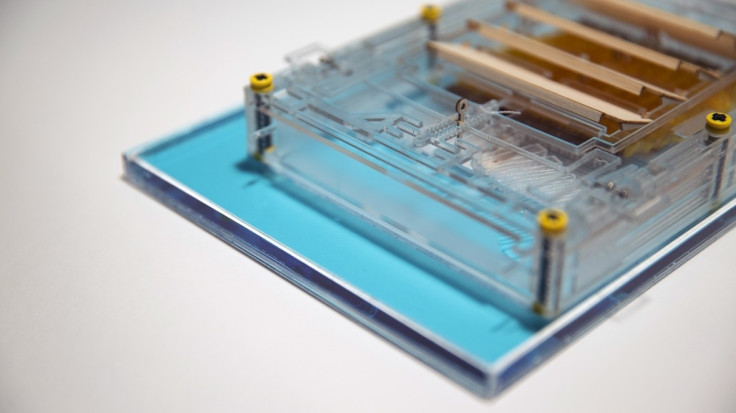Water evaporation could have huge potential as a new renewable energy source
Harnessing the power of evaporation could provide as much as 70% of the energy the US is currently producing.

By harnessing the power of evaporation, US lakes and reservoirs could theoretically generate nearly 70% of the energy the country currently produces, according to the first investigation into its potential as a renewable energy source.
While evaporation technology is still in its embryonic stages, it has the potential to produce energy on demand, day or night, overcoming one of the main drawbacks of renewables like solar and wind energy.
The study was conducted by Columbia University and is published in the journal Nature Communications.
"We have the technology to harness energy from wind, water and the sun, but evaporation is just as powerful," said Ozgur Sahin, a biophysicist at Columbia. "We can now put a number on its potential."
In previous work, Sahin has shown how the ubiquitous process of water evaporating into the air can be harnessed to produce energy.
One machine he developed – called the Evaporation Engine – is placed on top of a water surface and works by using the capacity of tiny bacterial spores to expand as they absorb water and contract as the water evaporates. The resulting energy of these movements drives a generator that produces electricity.
In addition, the spores are connected to shutters that can control the amount of evaporated water that enters the device. This allows you to manage how much energy is generated and how it is released over time, adapting to requirements.
In contrast, solar and wind power need batteries – which are expensive and can harm the environment when disposed of - to supply power when there is no sun or wind.
"Evaporation comes with a natural battery," said study Ahmet-Hamdi Cavusoglu, lead author of the study and a graduate student at Columbia. "You can make it your main source of power and draw on solar and wind when they're available."
Furthermore, this kind of technology could save water. The researchers estimate that more than 100 trillion litres of water a year – around 50% of the water that naturally evaporates from lakes and reservoirs – could be saved if evaporation technology was scaled up to the levels predicted in the study. This is about a fifth of all the water Americans consume annually.
Regions with warm and dry environments stand to benefit most, the researchers suggest, because evaporation is more powerful and creates more energy in these conditions – not to mention the importance of saving water in drought-prone areas, such as California.
To make their calculations, the team had to simplify their models. They limited their study to the US – where weather station data is easily accessible – and excluded prime water locations like farmland, rivers and even the Great Lakes – to minimize errors associated with modelling complex interactions.
Despite these exclusions, they still found that evaporation-harnessing technology could, in theory, generate 325 gigawatts a year.
However, it should be made clear that these calculations were made with the assumption that every lake and reservoir larger than 0.1 square kilometres in the lower 48 states – barring the exclusions mentioned above – would be entirely covered in energy-harnessing devices.
This is probably unrealistic as it would conflict with other uses for these bodies of water and pose both aesthetic and environmental concerns.
In this sense, the study was intended more as a thought experiment to try and understand the theoretic potential of evaporation as a renewable energy source. Nonetheless, the researchers believe the technology could make a significant contribution in future, even if it is never scaled up to the levels outlined in the study.
Looking forward, the researchers are trying to improve the efficiency of their technology and hope to test an experimental device on a lake or reservoir.
© Copyright IBTimes 2025. All rights reserved.





















